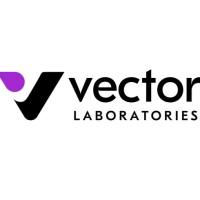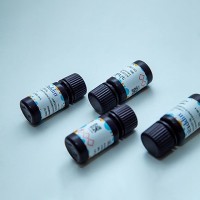Approaches to Library Design for Combinatorial Chemistry
互联网
547
With the advent of high-throughput technologies in drug discovery, combinatorial chemistry has superseded natural products as the prime source of compounds to be tested in biological screening (1 ). The reason being that compared with classical synthesis, high-throughput chemistry can produce a much larger number of compounds within a much shorter period of time. However, owing to the combinatorial nature of the problem and the large number of reagents available, many more compounds are theoretically accessible via a given synthetic route than it is actually feasible to synthesize. Therefore, library design techniques are employed to identify those reagents that yield a library enriched with the desired properties. Early on, most applications of these techniques concentrated on designing very diverse libraries, with the idea that these libraries would be tested against a variety of biological assays. The ideal library in this case would be with no voids, no redundancy, and an even distribution with regard to a given chemical space. Nowadays, it is equally common to design targeted libraries to have a maximal activity in a selected assay. Here, all compounds would be designed to be similar to given hits or leads. Other applications of library design techniques include the computational evaluation of templates, i.e., prioritization of candidate libraries for synthesis and screening (see Note 1 ).





